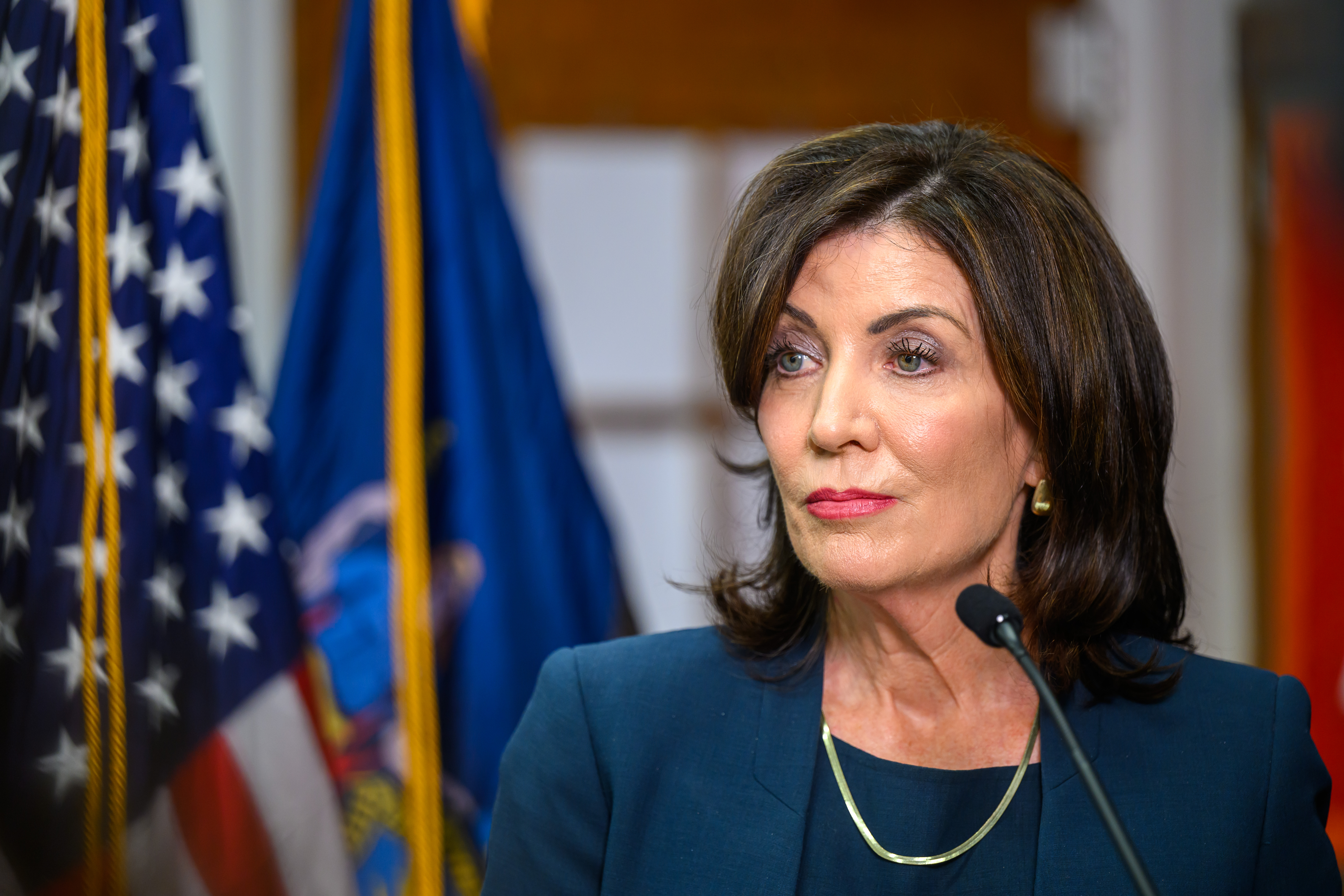Lawmakers will be poring over the massive 6-bill spending package released this weekend as they try and pass it ahead of Friday's newest spending deadline.
It’s almost halfway through the fiscal year, but Congress is still trying to figure out how to fund the government with fresh spending levels. (Another goal: Making the current stopgap spending patch the last.) The weekend release was aimed at giving House lawmakers at least 72 hours to review the spending plan before voting.
The package up for consideration this week totals more than $459 billion, including side adjustments such as emergency money.
Speaker Mike Johnson is trying to sell the package to his conference with “wins,” including “key conservative policy victories, rejected left-wing proposals, and imposed sharp cuts to agencies and programs critical” to President Joe Biden’s agenda.
One GOP victory is language in the veterans funding bill to preserve gun rights for military veterans who need fiduciary help with their VA benefits.
But conservatives are likely to focus on the policy proposals and major spending cuts that didn’t make it.
Democrats are celebrating that they staved off an array of policy riders that Republicans sought, including major limitations on which pharmacies could sell the abortion pill mifepristone. The WIC nutrition assistance program for low-income women, infants and children will see a $1 billion increase over current levels, for a total of $7 billion.
Democrats killed a proposal from Rep. Andy Harris (R-Md.) to restrict SNAP food aid purchases, which Republicans wanted in exchange for the boost to WIC.
But remember: Congress still faces a March 22 deadline to secure funding for the rest of the government in a second package that is expected to be an even tougher challenge. That will need to include funding for the Pentagon, health programs, education and many others amounting to nearly 70 percent of overall discretionary funding.
Caitlin Emma and Jennifer Scholtes contributed to this report.







.png)
 8 months ago
34
8 months ago
34



 English (US)
English (US)